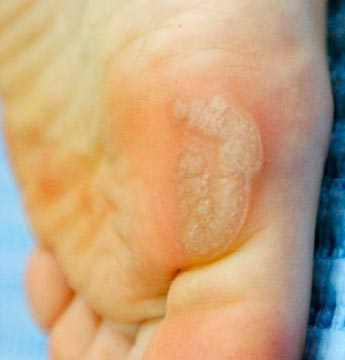
The growths may also be pink and dry and may itch or burn. a wart-like growth that may bleed or crust.a red, hard domed bump that won’t go away.
#Mosaic wart skin
a red, scaly, sometimes crusty plaque of skin that may get bigger and develop a sore.Squamous cell carcinoma usually first appears as: Squamous cell carcinoma has many symptoms, one of which is very wart-like. In most cases, it is caused by repeated exposure to UV rays over time. It forms when squamous cells begin to grow uncontrollably in the top layers of the skin, called the epidermis. Squamous cell carcinoma is the second most common type of skin cancer. The laser reduces post-treatment scarring and is a safe form for eliminating wart lesions.Non-melanoma skin cancers that can look like warts A procedure known as CO2 laser cautery is performed under local anesthesia in either your podiatrist's office surgical setting or an outpatient surgery facility. Lasers have become a common and effective treatment. More likely, however, removal of warts by a simple surgical procedure, performed under local anesthetic, may be indicated.

It is possible that your podiatrist will prescribe and supervise your use of a wart-removal preparation. Although rare, these conditions can sometimes be misidentified as a wart. It is possible for a variety of more serious lesions to appear on the foot, including malignant lesions such as carcinomas and melanomas. It is wise to consult a podiatrist when any suspicious growth or eruption is detected on the skin of the foot in order to ensure a correct diagnosis. Never use these medications in the presence of an active infection. Self-treatment with such medications especially should be avoided by people with diabetes and those with cardiovascular or circulatory disorders. Over-the-counter preparations contain acids or chemicals that destroy skin cells, and it takes an expert to destroy abnormal skin cells (warts) without also destroying surrounding healthy tissue. Self-treatment is generally not advisable. Pain occurs when weight is brought to bear directly on the wart, although pressure on the side of a wart can create equally intense pain. When plantar warts develop on the weight-bearing areas of the foot (the ball of the foot, or the heel, for example), they can be the source of sharp, burning pain. It is important to note that warts can be very resistant to treatment and have a tendency to reoccur. Plantar warts are often gray or brown (but the color may vary), with a center that appears as one or more pinpoints of black. Plantar warts tend to be hard and flat, with a rough surface and well-defined boundaries warts are generally raised and fleshier when they appear on the top of the foot or on the toes. They are often mistaken for corns or calluses, which are layers of dead skin that build up to protect an area which is being continuously irritated. Most warts are harmless, even though they may be painful. Occasionally, warts can spontaneously disappear after a short time, and, just as frequently, they can recur in the same location. The wart may also bleed, creating another route for spreading. Like any other infectious lesion, plantar warts are spread by touching, scratching, or even by contact with skin shed from another wart. If left untreated, warts can grow to an inch or more in circumference and can spread into clusters of several warts these are often called mosaic warts. The causative virus thrives in warm, moist environments, making infection a common occurrence in communal bathing facilities. The plantar wart is often contracted by walking barefoot on dirty surfaces or littered ground where the virus is lurking. The virus that causes warts generally invades the skin through small or invisible cuts and abrasions.

Children, especially teenagers, tend to be more susceptible to warts than adults. Those that appear on the sole of the foot are called plantar warts.

They are caused by a virus and can appear anywhere on the skin. Warts are one of several soft tissue conditions of the foot that can be quite painful.


 0 kommentar(er)
0 kommentar(er)
